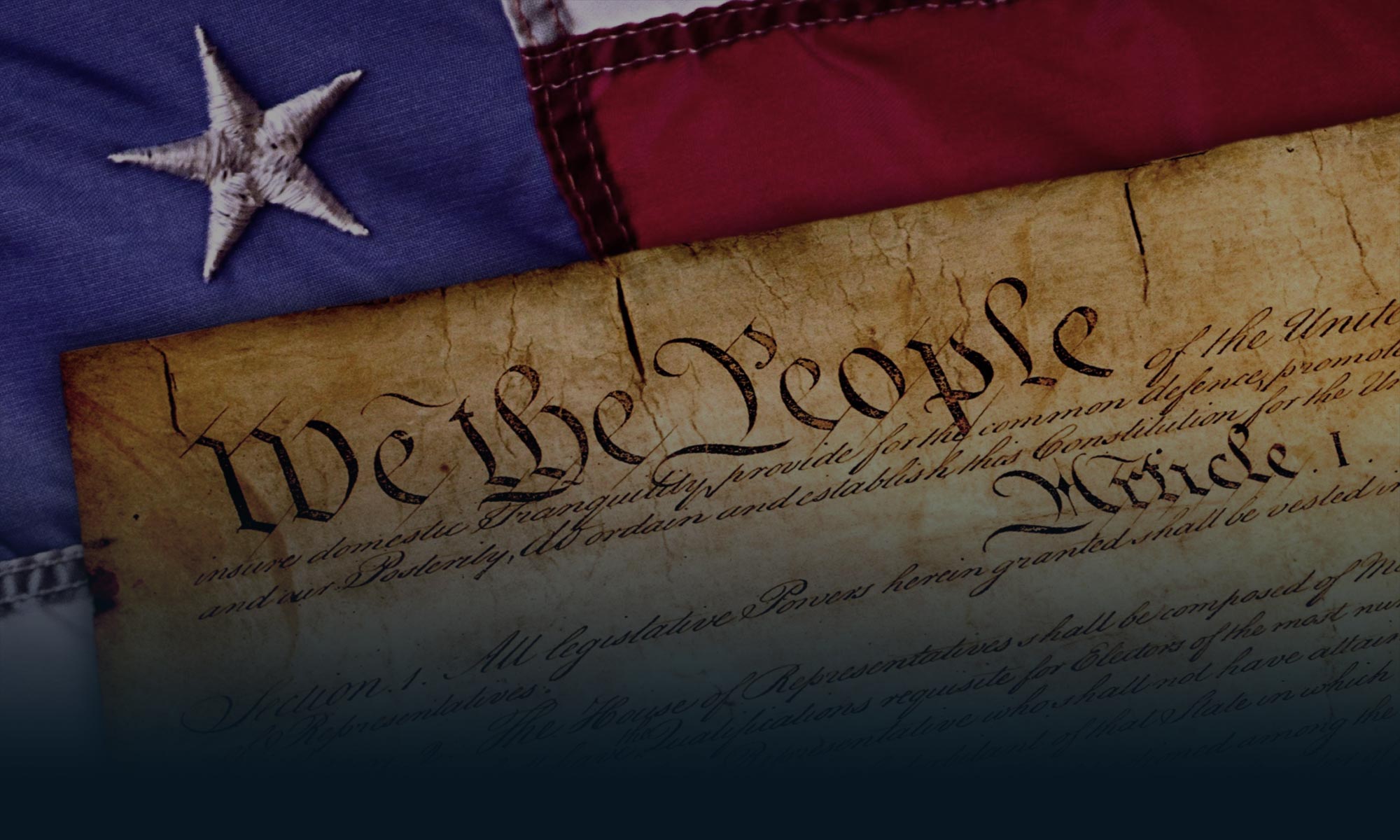The communications sector is beset by layers upon layers of unnecessary government burdens. While visible in many areas, obsolete policies fastened to traditional video providers – some of which were chiseled over 40 years ago – are clearly ready for the delete button.
Yet, erasing outdated regulations, even if there’s universal agreement, takes massive amounts of time and Herculean effort to overcome the procedural hoops and eventual court challenges. That’s unacceptable in today’s very fluid and competitive video marketplace.
Continue reading “Bringing Forbearance to Video Services”
